Improving Subsurface Drainage with Sheet Drain: Real-World Geosynthetics Applications
Discover how sheet drain systems enhance drainage and protection in foundations, slopes, and landfills through real geosynthetics projects.
Tel: +86-411-39569550 | E-mail: info@geofantex.com/geofantex@gmail.com

Discover how sheet drain systems enhance drainage and protection in foundations, slopes, and landfills through real geosynthetics projects.
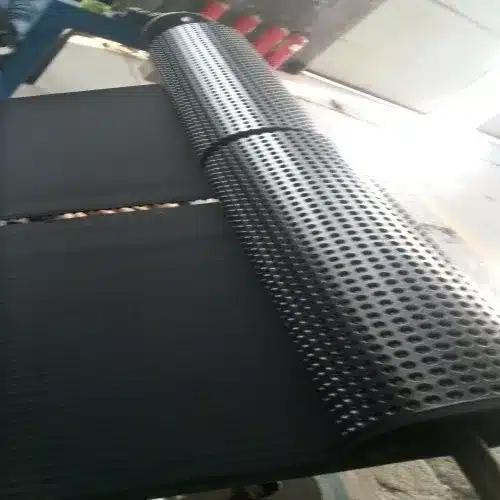
Explore how drainage composite enhances roads, foundations, and landfill systems using real-world geosynthetics case studies.
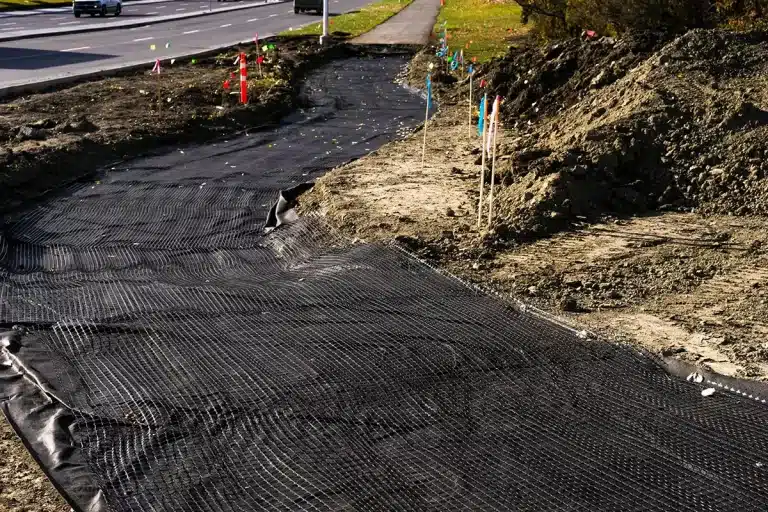
Explore how primary geonet layer landfill systems improve drainage and environmental compliance with Geofantex solutions.

Explore how primary geonet layer landfill systems improve drainage and environmental compliance with Geofantex solutions.
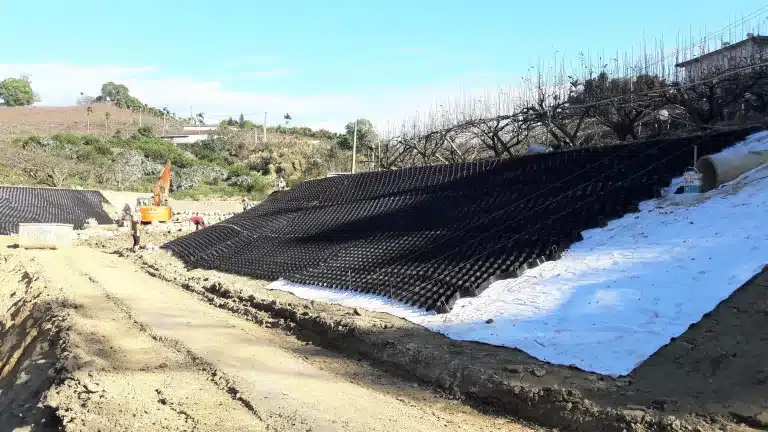
High-performance geocell erosion control systems by GeoFantex for soil stabilization, slope protection, and cost-effective ground support.

Discover durable geo cell ground grid systems by GeoFantex for stable, eco-friendly, and low-maintenance ground reinforcement.
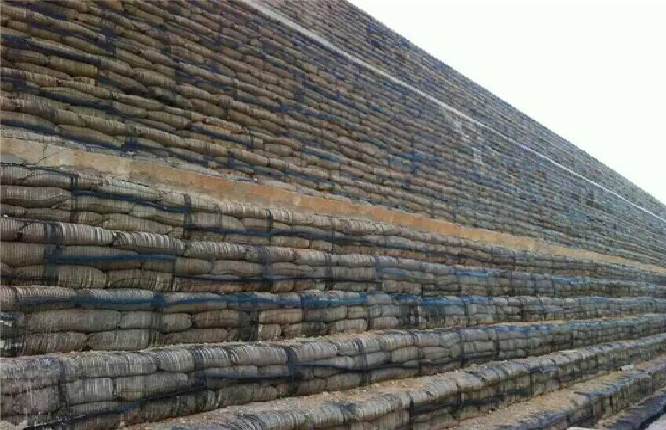
Explore how using a geogrid for retaining wall reinforcement improves soil stability, load distribution, and long-term structural performance.
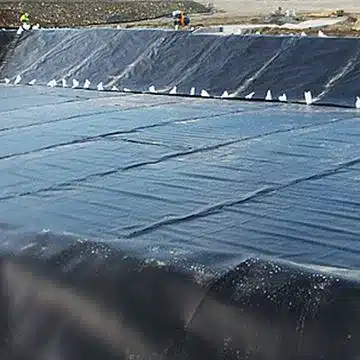
Learn how a geomembrane liner prevents leaks, protects the environment, and enhances geosynthetics performance across industries.
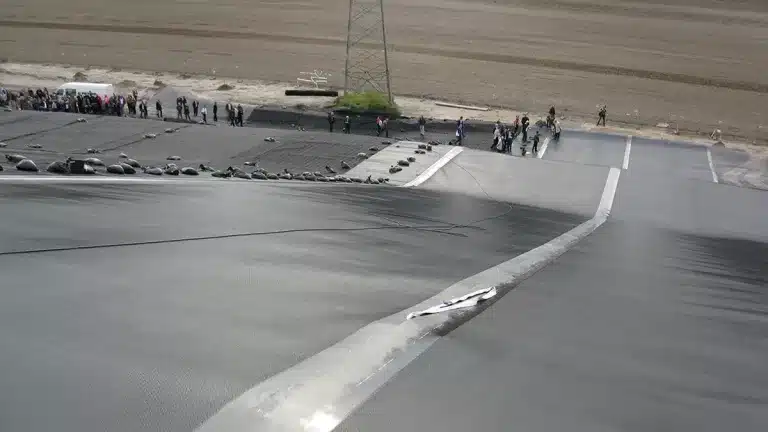
Discover how biaxial geogrid improves soil stabilization and solves key geosynthetic challenges in construction projects.

Explore how geomembranes manufacturer discount helps reduce geosynthetics project costs while ensuring quality and reliability.
End of content
End of content
WhatsApp us